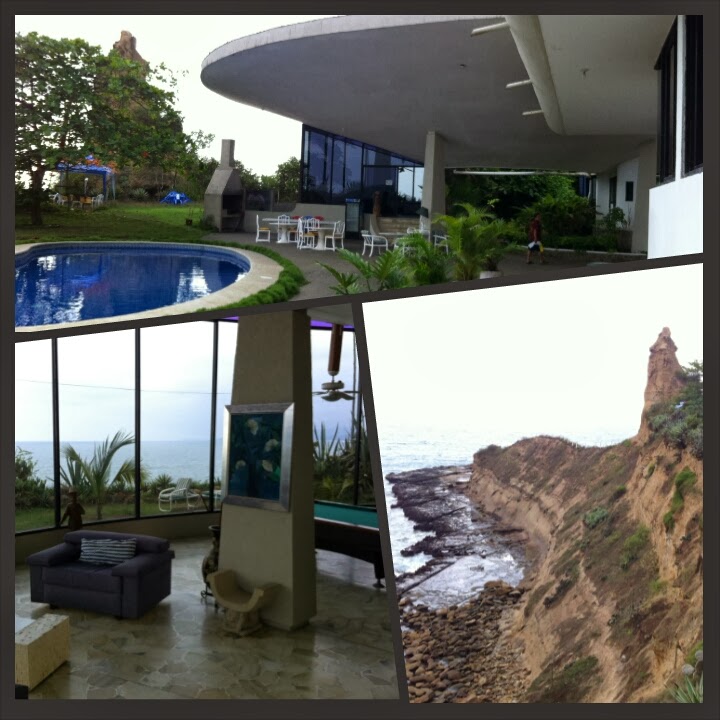Deciding to splurge out and book Cruz Del Sur, who are known to be the preferential option to travel in Peru for security and comfort, I was pleasantly surprised to see the Frenchy (Jean) from the Amazon tour waiting in the pre boarding lounge, also heading to go to Huacachina. Cruz Del Sur are a step above the rest, generally having their own bus station and taking extra steps for security like stringent passport checking, bag receipts and filming each person in their seat at pre departure.
The overnight bus journey from Arequipa ended in Ica, where a short 10 minute taxi ride dropped us in an amazing desert oasis known as Huacachina. This is your stereotypical oasis with a large pool of water surrounded by palm trees and vast field of sand dunes, also a few desert style dwellings to cater for the gringo visitors. We checked in to Desert Nights hostel and ordered the famous breakfast pancakes, these things were HUGE, stuffed with fresh fruit and covered in chocolate sauce.
Originally I had planned to spend a few days chilling here although the warm climate and clear waters of Central America are calling, so we joined an afternoon dune buggy and sandboard tour to tick this town off in the one night. Having cheaped out and gone the standard class on Cruz Del Sure (a 140 decline instead of 160, which does make quite a significant difference, especially if your tall), we crashed out for a few hours siesta in the afternoon warmth.
Now I have sort of sandboarded once or twice in my life, so I was advised to go for the standard board which allowed both standing and lying down options, whilst Frenchy who was an experienced snowboarder went for the snowboard which has special boots that lock you in. Having being advised that we were allocated the 'crazy driver', our group of around 10 were bundled in to one of the serious looking dune buggies that we'd heard roaring around the oasis all day and powered off through the dunes.
Our driver must have one of the most fun and exciting jobs in all of Peru, getting to drive a powerful dune buggy like a manic, filled with ecstatic tourists, drifting around a big kids playground. Some of these dunes were definitely on the large side and he took great pleasure in gliding up right to the sharp peak (where you has no idea what would on the other side) and either sliding right up to the edge, or gunning it over in a rollercoasteresque thrill ride.
For my first hill I went along with the rest of the group on our stomachs down a very steep dune, with your head only centimetres above the sand, it felt super fast as we rocketed to the base. Having seen Frenchy do it standing up, I gave it a go on my second hill and tumbled off the once when my left rail dug a little deep in the sand, luckily managing to catch my sunnines before a hot clamber up the dune to collect them.

On our third hill I was ready to give standing up another go now that I had a better idea about the technique until Frenchy went right up to the higher peak above us. He flew down in top form until just over half way when something went wrong and he flipped board over head 4 or 5 times. We all thought he must have snapped his neck for sure, although it turns out later it was a broken ankle and a very sore shoulder, very unlucky for him as he will need to head home for the 6 weeks staying off the ankle. Not wanting a repeat effort, nobody else bothered standing up on of last two bigger hills as we has just as much fun flying down face first on the thrill ride.
Just in time for a magic sunset the driver took us to a dune above Huacachina where we laid out and watch the golden globe set over our playground




















































